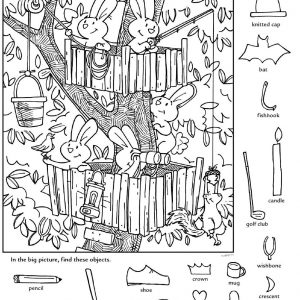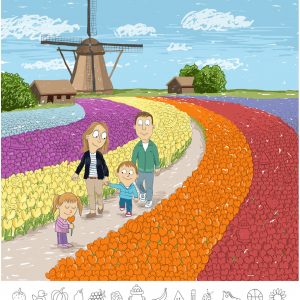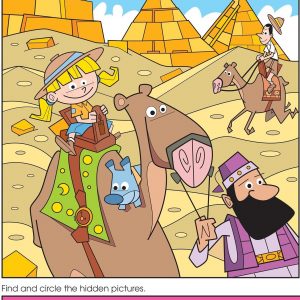The Fascinating World of Rabbits: A Closer Look at Nature’s Playful Creatures
Rabbits have always captured our hearts with their playful antics, large expressive eyes, and adorable appearance. Their presence in nature, folklore, and art has always been significant. In the image above, we see a charming scene of rabbits in a rocky, wooded setting, interacting with one another in a delightful display of nature’s beauty. This article takes a closer look at the life of these curious creatures, their significance in ecosystems, and the symbolic meaning they hold in different cultures.
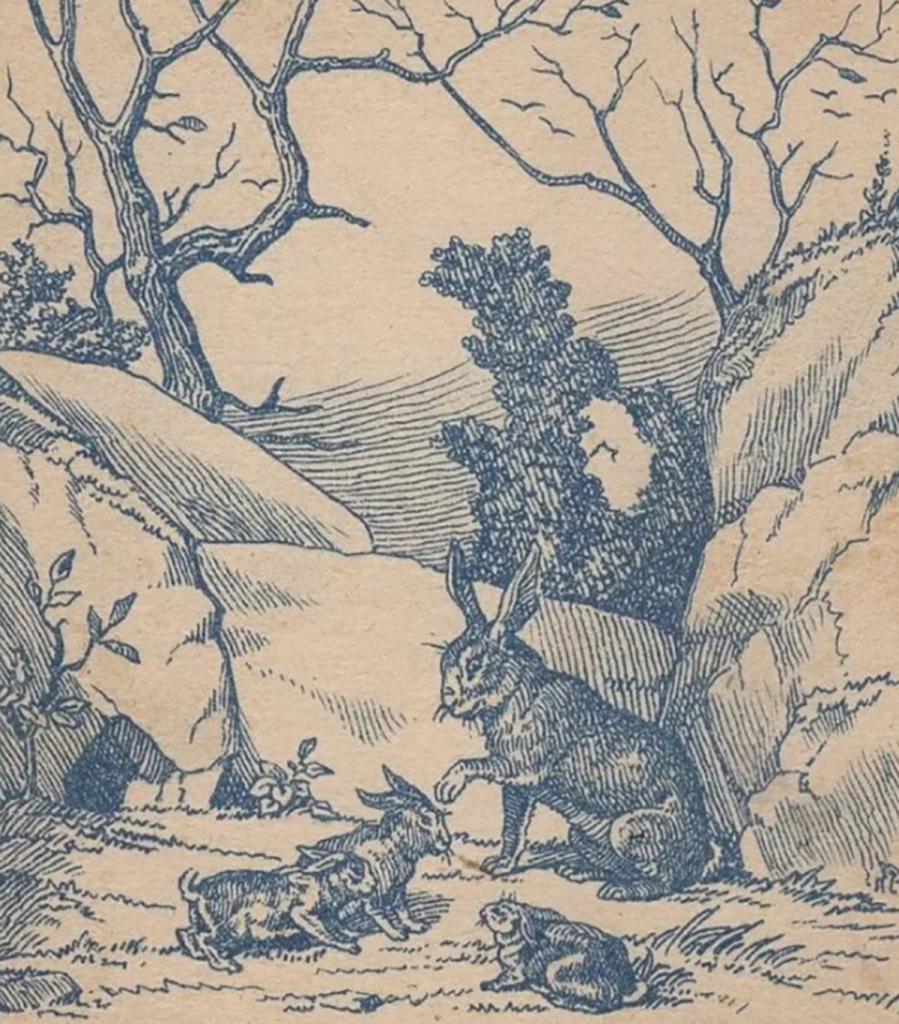
The Life of a Rabbit: Fun Facts and Habitat Insights
Rabbits are herbivores and known for their playful and skittish nature. They inhabit a variety of environments from meadows, woodlands, and rocky areas to deserts and even urban gardens. The image of these rabbits, nestled among rocks and trees, beautifully captures their natural habitat.
Where Do Rabbits Live?
Rabbits are quite adaptable and can thrive in a wide range of environments. They typically live in areas that provide plenty of vegetation for food and shelter from predators. Wild rabbits often dig burrows, also known as warrens, to protect themselves from danger. In contrast, domesticated rabbits can be found in homes, farms, and even city backyards, where they are cared for as pets.
Their habitat, whether natural or human-made, needs to offer a safe haven from predators and a steady supply of food such as grasses, herbs, and vegetables.
The Unique Features of Rabbits: Appearance and Adaptations
Rabbits are distinctive for their long ears, short fluffy tails, and powerful hind legs. These physical features are crucial to their survival in the wild.
Why Do Rabbits Have Long Ears?
Rabbits’ long ears serve multiple purposes, including improved hearing. With sensitive ears, rabbits can detect sounds from predators from a distance, giving them the advantage of early detection. The large ears also help regulate their body temperature, particularly in warmer climates.
Their strong hind legs, which are built for powerful leaps, help them escape danger quickly. These adaptations enable rabbits to remain agile and alert, making them well-equipped for survival.

Rabbits as Symbols: Cultural and Folk Significance
Rabbits have always played an important role in human culture. From being symbols of fertility and renewal in ancient traditions to representing cleverness and wit in folklore, rabbits hold a special place in our hearts.
What Does the Rabbit Symbolize in Folklore?
In many cultures, rabbits are symbolic of fertility, abundance, and new beginnings. Their rapid reproductive cycles made them powerful symbols of growth and the continuation of life. In Greek and Roman mythology, the rabbit was associated with the goddess Aphrodite (Venus), who represented love, beauty, and fertility.
In Native American culture, rabbits are often depicted as tricksters—characters known for their cleverness and ability to outwit enemies. They represent wit, resourcefulness, and intelligence, traits that are essential for survival in the wild.
Rabbits in Art and Literature: A Reflection of Innocence
Rabbits often appear in art and literature as symbols of innocence and simplicity. The timeless image of a rabbit running through a field or hopping around a garden is a common motif in many works of art, such as the iconic illustrations in Beatrix Potter’s Peter Rabbit.
The Rabbit as an Artistic Symbol
Artists and writers have often used rabbits to evoke feelings of childhood nostalgia and innocence. Whether depicted as playful creatures in a meadow or wise beings in a fairytale, rabbits convey a sense of purity and charm. The image above, which shows rabbits interacting with each other in a beautiful natural setting, encapsulates these themes perfectly. The delicate details of the trees, rocks, and the soft, whimsical nature of the rabbits themselves evoke a sense of peace and harmony.

The Importance of Protecting Wild Rabbits: Conservation Efforts
As adorable and harmless as they seem, rabbits, especially wild ones, face many challenges. Habitat destruction, predators, and climate change threaten their populations worldwide.
Threats to Rabbit Populations
Wild rabbit populations are declining in many regions due to habitat loss, particularly in areas where forests are being cleared for urban development. Climate change also affects their habitats, making survival more difficult in certain areas. Additionally, predators like foxes, birds of prey, and even domestic cats and dogs pose a threat to young rabbits.
Many organizations are working to protect these animals through conservation efforts, such as creating wildlife reserves, protecting their habitats, and educating the public on the importance of preserving these cute creatures.

Rabbits and Their Role in the Ecosystem
Rabbits play a vital role in maintaining the health of ecosystems. As herbivores, they help control plant populations and maintain the balance between various species in the food chain. In turn, rabbits also serve as a primary food source for many predators, contributing to the overall biodiversity of an ecosystem.
How Do Rabbits Help in Ecosystem Management?
Rabbits are considered a keystone species in many ecosystems. By grazing on grass and plants, they prevent overgrowth and allow other species to flourish. Additionally, their burrowing behavior can help aerate the soil, promoting healthy plant growth and ensuring a balanced ecosystem.
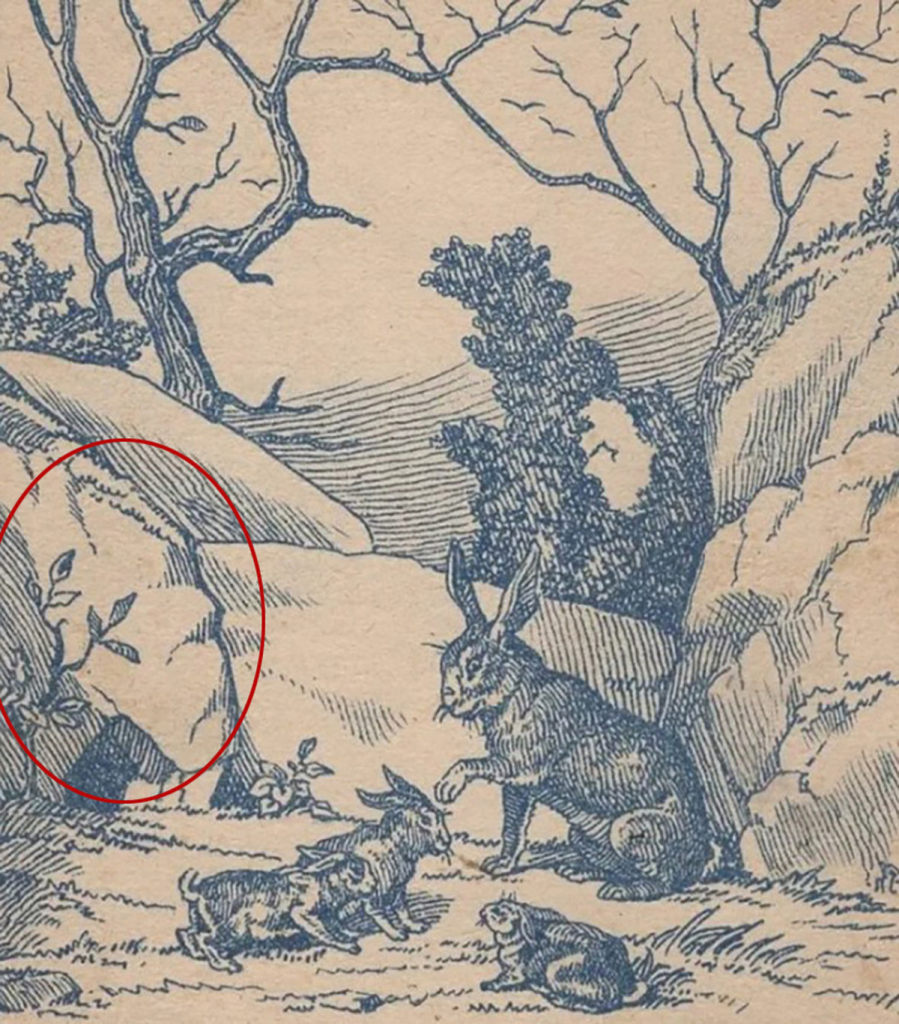
Conclusion: Why Rabbits Will Always Hold a Special Place in Our Hearts
From their adorable appearance to their vital role in the natural world, rabbits continue to capture our imagination. The image of the rabbits in the wild, interacting with one another in their natural environment, is a reminder of the joy and beauty they bring to our lives. Whether they are depicted in art, folklore, or simply in nature, rabbits remain powerful symbols of life, innocence, and renewal.
As we continue to learn more about these fascinating creatures and their importance in the ecosystem, it’s crucial that we take steps to protect them and their habitats. By supporting wildlife conservation efforts and respecting the delicate balance of nature, we can ensure that future generations will also be able to enjoy the charm and wonder of rabbits in the wild.
